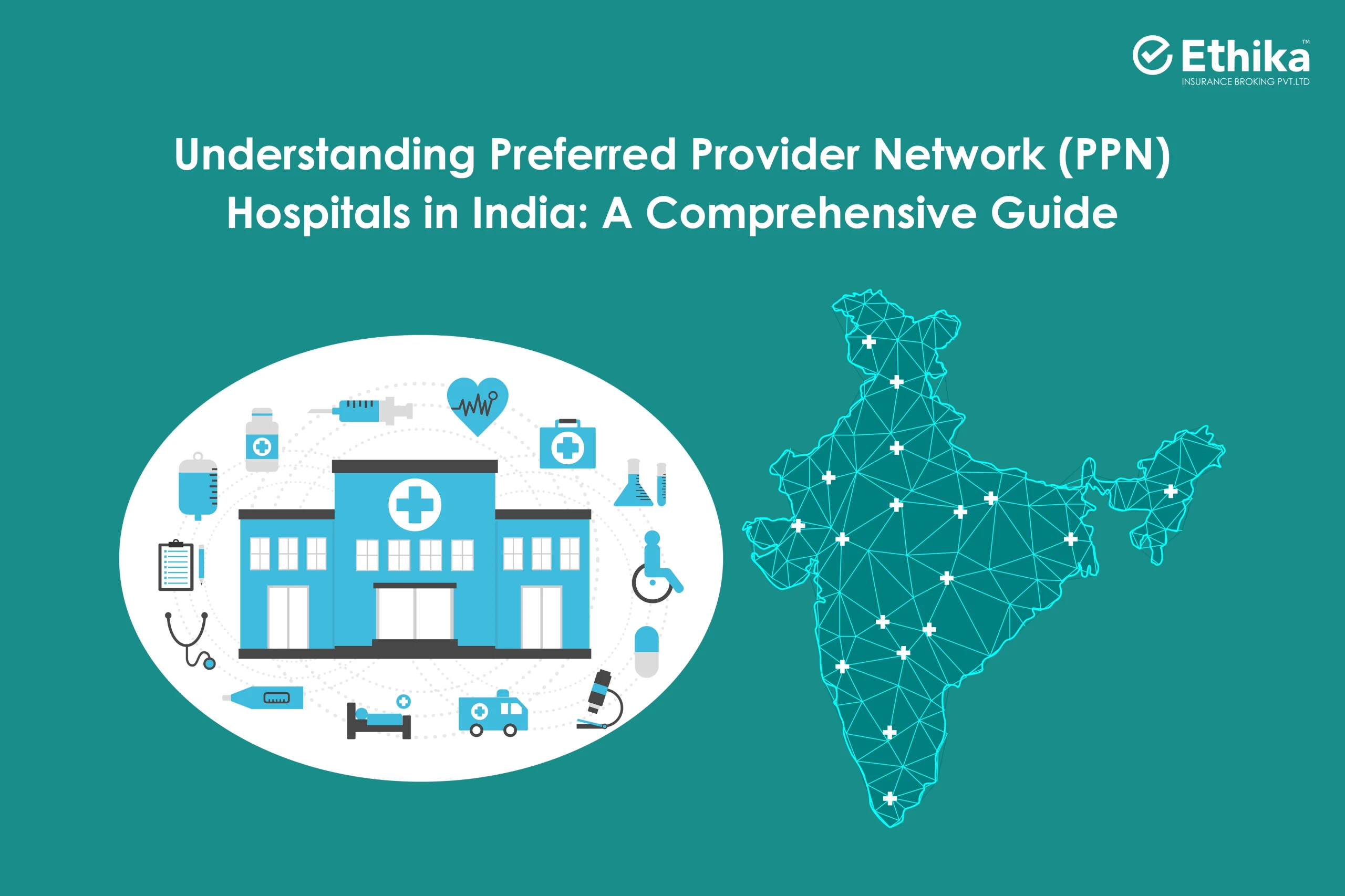
Anyone who has had to go through the painful process of hospitalization has indeed been asked the question if the hospital is a part of the PPN. In this blog lets take a closer look at what PPN is, how it has come about and where it is headed.
The medical inflation in India is rising at about 15% per annum. If this is not arrested in time, health insurance premiums might soon become unsustainable for the common man. But why is medical inflation rising at such astounding rates? More importantly, is no one doing anything about it? Well the reasons for the astronomical increase in medical inflation are varied, but the most important one happens to be an absence of a pricing cap for medical surgeries and procedures as of Jan 2025.
Fortunately however, General Insurance Public Sector Association (GIPSA) had probably anticipated something like this and developed something that we now know as the Preferred Partner Network (PPN). The PPN is a network of hospitals that Insurers have negotiated rates with. If patients avail cashless facility at these hospitals, they would be billed in line with such pre-negotiated rates.
For employers, the advantages of a PPN-based insurance plan are clear: it can enhance the employee experience by reducing out-of-pocket expenses, offering a reliable network of hospitals, and simplifying the claims process.
What’s on this page?
The Genesis of PPN: GIPSA’s Pioneering Initiative
The concept of PPNs in India was pioneered by the General Insurance Public Sector Association (GIPSA), comprising four public sector insurers: New India Assurance, National Insurance, United India Insurance, and Oriental Insurance. In 2010, GIPSA introduced the PPN model to standardize treatment costs and streamline cashless services for policyholders. By partnering with select hospitals, GIPSA established fixed rates for various medical procedures, thereby mitigating inflated charges and ensuring consistent, quality care for insured individuals.
Adoption by Private Sector Insurers
Recognizing the efficacy of GIPSA’s PPN model, private insurers have developed their own networks of empanelled hospitals. While some emulate GIPSA’s approach, others tailor their networks to align with specific policy structures and customer demographics. These networks aim to offer standardized treatment costs and cashless facilities, enhancing the value proposition of health insurance plans for employers and employees alike.
The Empanelment Process: Building a Robust PPN
Establishing a PPN involves a meticulous empanelment process:
- Hospital Selection: Insurers assess hospitals based on criteria such as infrastructure, quality of care, geographical location, and compliance with medical standards.
- Rate Negotiation: Insurers and hospitals negotiate standardized rates for specific treatments, ensuring affordability and transparency.
- Contractual Agreement: Formal agreements are established, outlining the terms of service, billing procedures, and adherence to negotiated rates.
- Quality Assurance: Continuous monitoring and audits are conducted to maintain service quality and compliance with agreed terms.
This structured approach ensures that policyholders receive consistent, high-quality care across the network.
Challenges in the PPN System
Despite its benefits, the PPN system faces certain challenges:
- Non-Adherence to Cashless Policies: Some hospitals may request additional payments while admissions. Since patients are already in a state of emergency and distress, they tend to oblige such requests.
- Limited Coverage: Certain treatments may not be included in the PPN, leading to out-of-pocket expenses for the patients.
- Geographical Disparities: PPN networks may be less extensive in rural areas, limiting accessibility. Even in urban areas, costs vary across cities.
- Quality Variations: Despite selection criteria, service quality can vary among network hospitals. This can become a source of discontent for the patients.
While PPN network is indeed one of the most innovative steps towards addressing quality healthcare, addressing challenges like the ones listed above will ensure continued Customer adoption and thereby success of the scheme. This in turn requires continuous collaboration between insurers, hospitals, and regulatory bodies to ensure that PPN system’s integrity and effectiveness remains intact.
Frequently Asked Questions (FAQs)
- What is a Preferred Provider Network (PPN)?
A PPN is a network of hospitals partnered with insurers to provide cashless treatment at pre-negotiated rates, ensuring affordable and standardized healthcare for policyholders.
- How does a PPN benefit employees?
Employees gain access to quality healthcare without upfront payments, benefit from standardized treatment costs, and experience a streamlined claims process.
- Can employers customize the PPN to include specific hospitals?
Treatments at non-PPN hospitals may still be covered but often require reimbursement processes, which can be more time-consuming and may involve higher out-of-pocket expenses.
- How can employers address challenges associated with PPNs?
Employers should maintain open communication with insurers to address issues such as non-adherence to cashless policies and ensure that employees are informed about the network’s coverage and procedures.